Description
The instruction for medical use
of Klopisan medicine
the Trade name
of Klopisan
the International unlicensed
name Klopidogrel Lekarstvennaya
the Tablet form, coated, 75 mg
Structure
One tablet contains
active agent – klopidogrelya the hydrosulphate expressed in the basis of 75.000 mg (it is equivalent to quantity klopidogrelya hydrosulphate of 97.875 mg),
excipients: Mannitolum, cellulose microcrystalline
(with the low content of water, 90 microns), a macrogoal 6000, the hydroxypropyl cellulose low-substituted, the castor oil hydrogenated
structure of a cover: Opadry 32 K 14834 Type II (lactose, gipromelloza, titan E 171 dioxide, triacetin, gland (III) oxide red E 172), wax Brazilian wax palm.
The description
of the Tablet, coated pink color, round, slightly convex, with marking 75 on one party and 1171 on other party.
The pharmacotherapeutic group
Inhibitors of aggregation of thrombocytes
the Code of automatic telephone exchange
the Pharmacological
Pharmacokinetics Later properties of oral administration of doses of 75 mg a day klopidogrel is quickly soaked up by BO1AC04. However concentration of the main connection in plasma is small and in 2 hours after reception does not reach a measurement limit (0.00025 mg/l). Absorption is at least 50%.
Klopidogrel is exposed to intensive metabolism in a liver. Its main metabolite, carboxyl derivative, is inactive, makes about 85% of the connection circulating in plasma. The maximum concentration of this metabolite in plasma (about 3 mg/l after reception of 75 mg inside) is observed approximately in an hour after reception.
Klopidogrel is a predecessor of active ingredient. Its active metabolite, tiolny derivative, is formed by oxidation klopidogrelya in 2-oxo-klopidogrel and the subsequent hydrolysis. The oxidizing step is regulated first of all by isoenzymes of P450 2B6 and 3A4 cytochrome, and to a lesser extent – 1A1, 1A2 and 1C19. An active, tiolny metabolite quickly it is also irreversible contacts platelet receptors, suppressing thus aggregation of thrombocytes. This metabolite in plasma is not found. The kinetics of the main metabolite showed linear dependence (increase in concentration in plasma depending on doses) within doses from 50 to 150 mg klopidogrelya.
Klopidogrel and the main circulating metabolite reversibly contact proteins of plasma. After intake about 50% of drug are allocated with urine and about 46% with a stake within 120 hours after introduction. Time of semi-removal of the main circulating metabolite is 8 hours.
Concentration of the main circulating metabolite in plasma at reception of 75 mg klopidogrelya in day are lower in a serious illness of kidneys (clearance of creatinine from 5 to 15 ml/min.).
The pharmacodynamics
of Klopisan® selectively inhibits linking of adenosinediphosphate (ADF) with his receptors on thrombocytes and the subsequent activation of a complex of a glycoprotein of IIb/IIIa under the influence of ADF, inhibiting thus aggregation of thrombocytes. Biotransformation klopidogrelya is necessary for inhibition of thrombocytes. Клописан® also inhibits the aggregation of thrombocytes caused by other agonists by blockade of increase in activity of thrombocytes the released adenosinediphosphate. Клописан® operates by irreversible change of a receptor of ADF on thrombocytes. Therefore, the thrombocytes which entered with it interaction are damaged during all term of their life, and normal function of thrombocytes is restored with a speed, the corresponding speed of updating of thrombocytes.
Repeated doses in 75 mg a day led to considerable slowing down of the aggregation of thrombocytes caused by ADF from the first day of use. The inhibiting effect amplified progressively and the equilibrium state was reached in 3 – 7 days. At the same time the average level of braking under the influence of a day dose in 75 mg was from 40 to 60%.Aggregation of thrombocytes and bleeding time gradually returned to initial level, on average in 5 days after the treatment termination.
Клописан® leads to statistically reliable decrease in frequency of new ischemic disturbances (a myocardial infarction, an ischemic stroke and sudden death) in comparison with acetylsalicylic acid.
Клописан® authentically reduces relative risk of a combination: the repeated heart attack, a stroke or death for 9%, this advantage is a constant indicator in all groups of age and sex of patients, and does not depend on use of fibrinolitik, and is observed in 24 hours after the beginning of use of drug.
Indications
Klopidogrel is shown for prevention of aterotrombotichesky disturbances at:
– the patients who had a myocardial infarction (of several days to less, than 35 days), an ischemic stroke (of 7 days to less, than 6 months) or with the diagnosed disease of peripheral arteries.
– the patients suffering from a syndrome of acute coronary insufficiency:
1) a syndrome of acute coronary insufficiency without increase in a segment of ST (unstable stenocardia or a myocardial infarction without tooth Q), including patients with chrezkozhny coronary placement of a stent, in a combination with acetylsalicylic acid
2) an acute myocardial infarction with increase in a segment of ST, in a combination with acetylsalicylic acid at the patients receiving drug treatment at whom can there be a speech about use of thrombolytic therapy.
Route of administration and doses
Adult and elderly:
Клописан® it is necessary to accept 75 mg regardless of meal once a day.
At the patients suffering from a syndrome of acute coronary insufficiency:
1) A syndrome of acute coronary insufficiency without increase in a segment of ST (unstable stenocardia or a myocardial infarction without tooth Q), treatment has to be begun with a single introduction dose of 300 mg, and then is continued by a dose of 75 mg once a day (with acetylsalicylic acid in a dose of 75 – 325 mg a day). As higher doses of acetylsalicylic acid are accompanied by the increased risk of bleeding, it is not recommended to exceed a dose of acetylsalicylic acid of 100 mg. The optimum duration of treatment is formally not established. Data of clinical trials confirm use of the scheme during up to 12 months, and the maximum advantage is observed after 3 months.
2) An acute myocardial infarction with increase in a segment of ST: klopidogrel it can be applied in the form of a single daily dose of 75 mg, with an initiation of treatment an introduction dose in a combination with acetylsalicylic acid with other trombolitika or without them. At patients 75 years are more senior treatment klopidogrely should be begun without introduction dose. Combination therapy is begun as soon as possible after emergence of symptoms and continued within at least four weeks.
Children and teenagers:
Experience on use of drug for children is not available.
Side effects
– a headache, dizziness, paresthesias, vertigo
– diarrhea, abdominal pains, dyspepsia
– a peptic ulcer of a stomach and duodenum, gastritis, vomiting,
nausea, a constipation, a meteorism
– rash, an itching
– a neutropenia, lengthening of a bleeding time, thrombocytopenia,
a leukopenia, an eosinophilia
– bleedings: intracranial, gastrointestinal and retroperitoneal
bleedings), are messages about hard cases of skin bleedings
(purple), skeletal and muscular bleedings (hemarthrosis, a hematoma), eye
bleedings (conjunctival, ocular, retinal), nasal
bleedings, bleedings of a respiratory path (pneumorrhagia, pulmonary
bleeding), a hamaturia and bleeding from an operational wound, at the patients
accepting klopidogrel along with acetylsalicylic acid
or with acetylsalicylic acid and heparin, cases of heavy
bleedings
Very seldom
– a Werlhof’s disease (1 on 200,000 patients), heavy
thrombocytopenia (number of thrombocytes of 30’109£/l), an agranulocytosis,
a granulocytopenia, aplastic anemia / pancytopenia, anemia
– anaphylactoid reactions, a serum disease
– confusion of consciousness, a hallucination
– flavoring disturbances
– a vasculitis, hypotension
– a bronchospasm, an interstitial pneumonitis
– pancreatitis, colitis (including ulcer or lymphocytic colitis),
stomatitis
– an acute liver failure, hepatitis
– a Quincke’s disease, bullous rash (mnogoformny erythema,
Stephens-Johnson’s syndrome, a toxic necrolysis of epidermis), erythematic rash,
a small tortoiseshell, eczema were noted and flat deprive
– arthralgias, arthritis, myalgias
– a glomerulonephritis
– temperature increase
– an abnormal liver function, increase in creatinine of blood
of the Contraindication
– the increased individual sensitivity to active ingredient
or to any of medicine components
– a heavy abnormal liver function
– acute pathological bleeding, such as, in ulcer of stomach or
duodenum or intracraneal hemorrhage.
– pregnancy and the period of a lactation
Medicinal interactions
Warfarin
Combined use of Klopisan® with warfarin is not recommended as such combination can enhance intensity of bleedings.
Inhibitors of a glycoprotein
IIb/IIIa Klopisan® should be applied with care at the patients subject to the increased risk of bleeding connected with an injury, surgical interventions or other morbid conditions, receiving IIb/IIIa glycoprotein inhibitors.
Acetylsalicylic acid
Acetylsalicylic acid does not change the inhibiting effect of Klopisan® on ADF-indutsirovannuyu aggregation of thrombocytes, but Klopisan® exponentiates effect of acetylsalicylic acid on the aggregation of thrombocytes induced by collagen. However, simultaneous use of 500 mg of acetylsalicylic acid two times a day did not cause reliable increase in the bleeding time extended owing to reception of Klopisana®. Pharmakodinamichesky interaction between Klopisanom® and acetylsalicylic acid perhaps, and it leads to increase in danger of bleeding. Therefore combined use of these two drugs should be considered with care. However, there are data on safe use of Klopisana® and acetylsalicylic acid during up to one year.
Heparin
Use of Klopisana® does not demand dose adjustment of heparin and does not change effect of heparin to fibrillation. Simultaneous use of heparin did not change inhibiting effect of Klopisana® to aggregation of thrombocytes. Pharmakodinamichesky interaction between Klopisanom® and heparin perhaps, and it leads to increase in danger of bleeding. Therefore simultaneous use of these drugs demands care.
Trombolitiki
Bezopasnost of combined use of Klopisana®, specific fibrinny or nefibrinny trombolitik and heparin was investigated at patients with a recent myocardial infarction. Frequency of clinically considerable bleeding was similar to that that it was observed in case of combined use of trombolitik and heparin with acetylsalicylic acid.
Non-steroidal anti-inflammatory drugs (NPVP)
Combined use of Klopisana® and Naproxenum increased quantity of the concealed gastrointestinal hemorrhages. Prescribing of non-steroidal anti-inflammatory drugs, including TsOG-2 inhibitors, with Klopisanom® demands care.
Other forms of combination therapy
clinically significant pharmakodinamichesky interaction at use of Klopisana® together with atenolol and nifedipine or with both drugs was Not revealed. Besides, the pharmakodinamichesky activity of Klopisana® remained almost invariable at simultaneous use with phenobarbital, Cimetidinum or estrogen.
Pharmacokinetic properties of digoxin or theophylline do not change at combined use with Klopisanom®.
Antiacid means did not change indicators of absorption of active agent.
The carboxyl metabolite klopidogrelya can inhibit activity of P450 2C9 cytochrome. As a result of it the level of some medicines, such as Phenytoinum and tolbutamide, and those NPVP which metabolism happens to the help of this enzyme can be increased in plasma as they metabolize by means of CYP 2C9. Phenytoinum and tolbutamide can be applied with safety together with Klopisanom®.
Except for specific information on the medicinal incompatibility given above the tests on interaction of Klopisana® and some medicines which are usually applied at patients aterotrombozy were not carried out. However, the patients participating in clinical trials klopidogrelya received along with it various drugs, including diuretics, blockers of beta receptors, EXPERT inhibitors, antagonists of calcium channels, the drugs reducing cholesterol level in blood, coronary vazodilyator, anti-diabetic drugs (including insulin), anti-epileptic means, gormonozamestitelny therapy and antagonists of GPIIb/IIIa, without signs of clinical significant collateral interactions.
Special instructions
Due to the risk of bleeding and hematologic side effects, in case of emergence during treatment of the clinical symptoms indicating it it is necessary to carry out blood test immediately. As well as other antithrombocytic drugs, Klopisan® should be applied with care at the patients subject to the increased risk of bleeding connected with an injury, surgical interventions or other morbid conditions and also in case of combination klopidogrelya with acetylsalicylic acid, non-steroidal anti-inflammatory drugs including TsOG-2 inhibitors, heparin, or IIb/IIIa glycoprotein inhibitors. It is necessary to control carefully patients on presence of symptoms of bleeding, including the concealed hemorrhages, especially within the first weeks of treatment and/or after the invasive cardiological procedures or surgical intervention.
In case of surgical intervention if antiagregantny action is undesirable, the course of treatment of Klopisanom® should be stopped in 7 days prior to operation. Клописан® extends a bleeding time and it has to be applied with care at patients with risk of bleedings (especially gastrointestinal and intraocular).
Patients should be warned that as the stop arising against the background of use of Klopisana® (one or in a combination with acetylsalicylic acid) bleeding demands bigger time, they have to report to the doctor about each case unusual (from the point of view of the place and/or duration) bleedings. Patients also have to inform the doctor and the stomatologist on administration of drug if surgery is necessary to them or if the doctor appoints medicine, new to the patient.
Very seldom, after use of Klopisana®, sometimes short, cases of a Werlhof’s disease were noted. They are characterized by the thrombocytopenia and mikroangiopatichesky hemolytic anemia interfaced to neurologic disturbances, dysfunction of kidneys or a hyperthermia. The Werlhof’s disease is the state demanding immediate intervention including a plasma exchange.
In view of lack of data, it is not recommended to appoint Klopisan® in an acute ischemic stroke (less than 7 days).
Patients with impaired renal function should appoint drug with care.
Клописан® it is necessary to appoint with care the patient with moderate abnormal liver functions at which developing of hemorrhagic diathesis as experience of use of drug for such patients is limited is possible.
Patients with rare inherited disorders of shipping of a galactose, deficiency of lactase the Paw or a glucose galactose sprue should not take the drug.
Pregnancy and a lactation
is not recommended to use Drug at pregnancy and in the period of a lactation.
Influence on ability to driving and the moving equipment
it is necessary to use Drug with care when working, connected with work on machines and control of motor transport.
Overdose
Symptoms: lengthening of a bleeding time and subsequent complications.
Treatment
Antidote of pharmacological activity klopidogrelya was not found. If fast correction of the extended bleeding time is necessary, klopidogrelya it can be suspended by transfusion of thrombocytes.
Forms of release and packing
On 14 tablets, coated, in blister strip packaging together with the instruction for medical use in the state and Russian languages put in a cardboard pack.
To Store storage conditions at a temperature not above 30o S.
Hranit out of children’s reach!
3 years
not to apply a period of storage after an expiration date.
Prescription status
According to the prescription
the Producer Sanofi Vintrop the Industry, France
the location Address: 1, rue de la Vierge, Ambares et Lagrave, 33565 Carbon Blanc Cedex, France
Director
of the Pharmacological Center R.S. Kuzdenbayeva
Scientific secretary B.S. Kurmanova.
The expert
To develop
Additional information
| Ingredient |
|---|





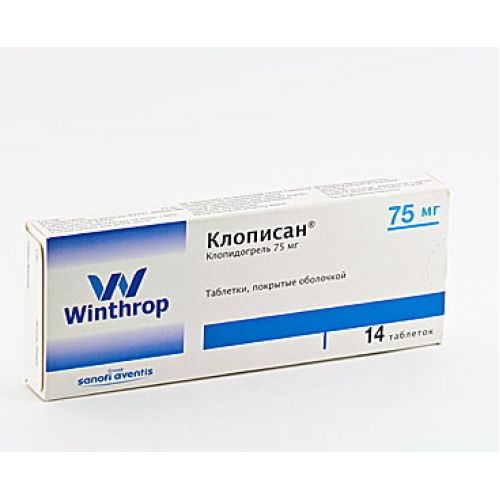
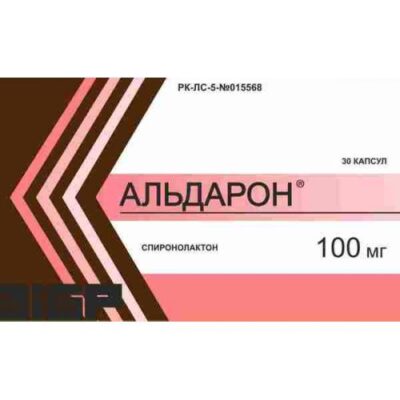
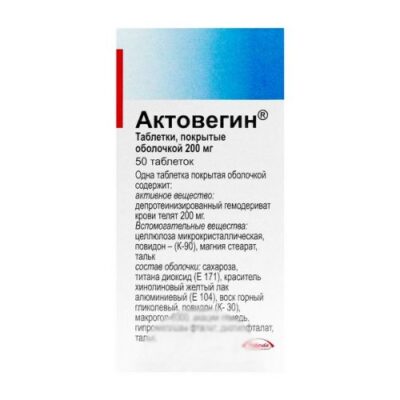
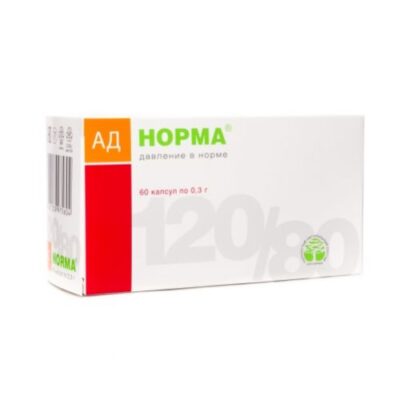
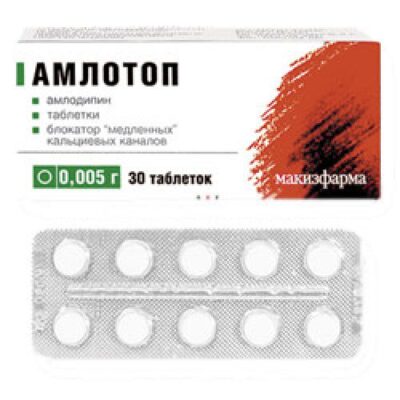
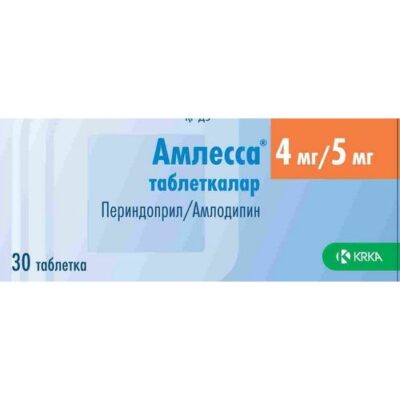
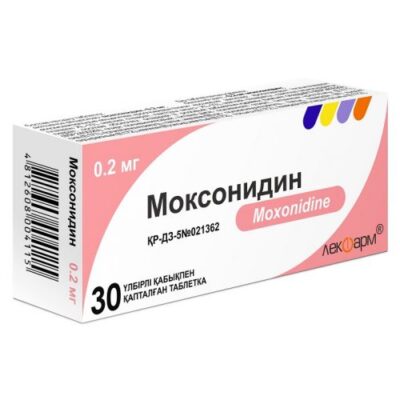
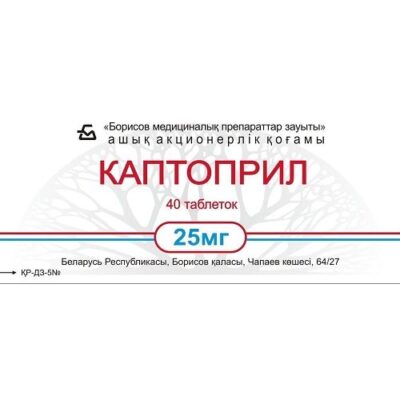
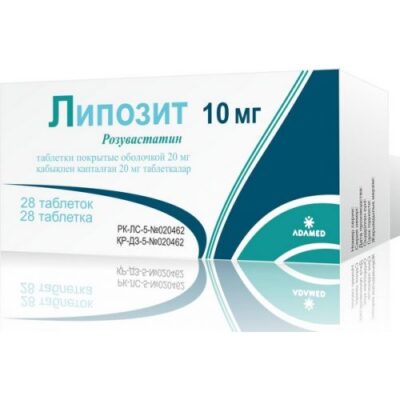

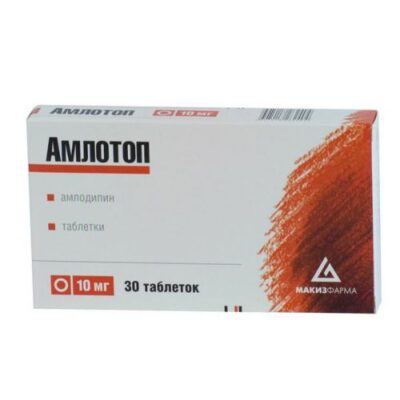






Reviews
There are no reviews yet.